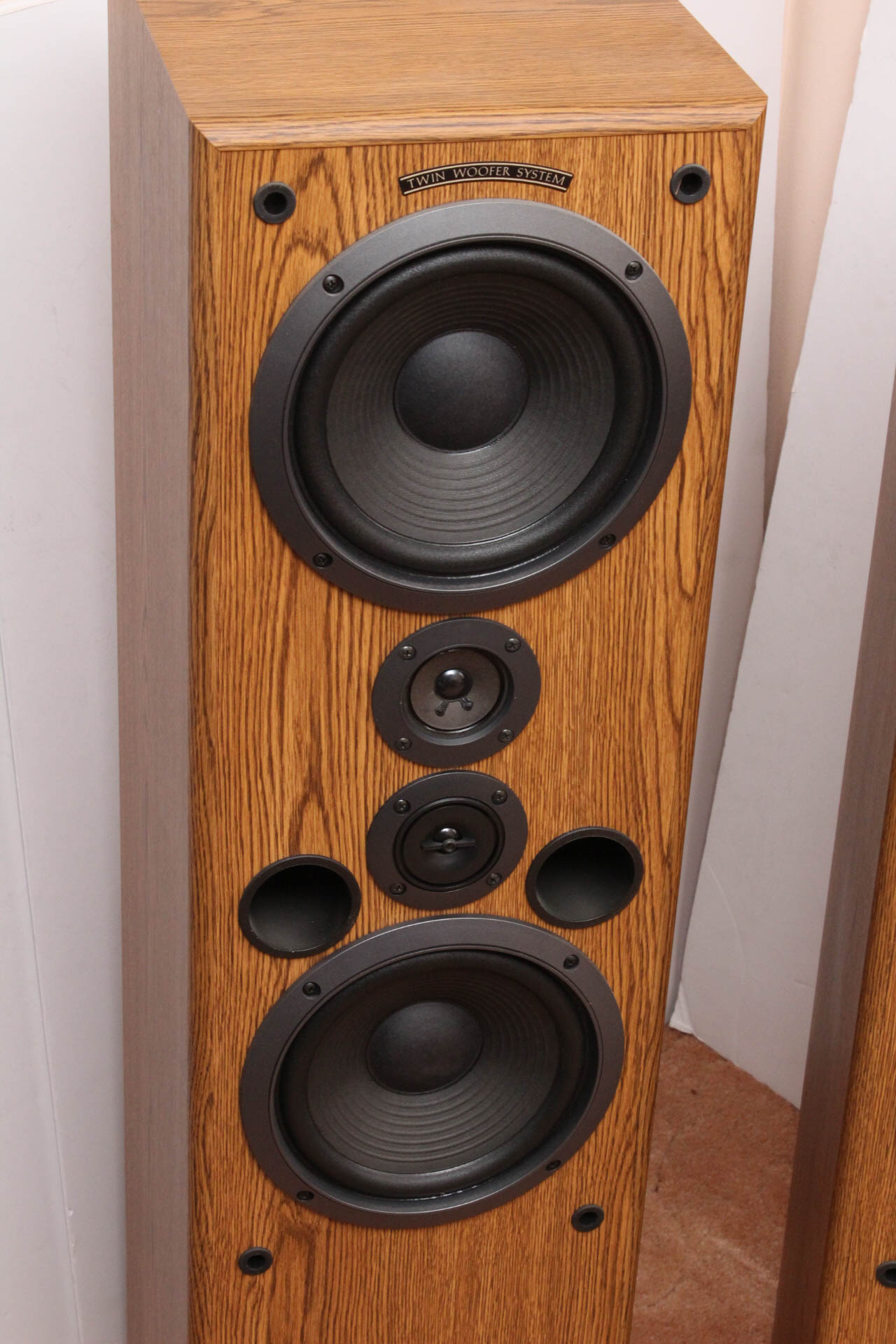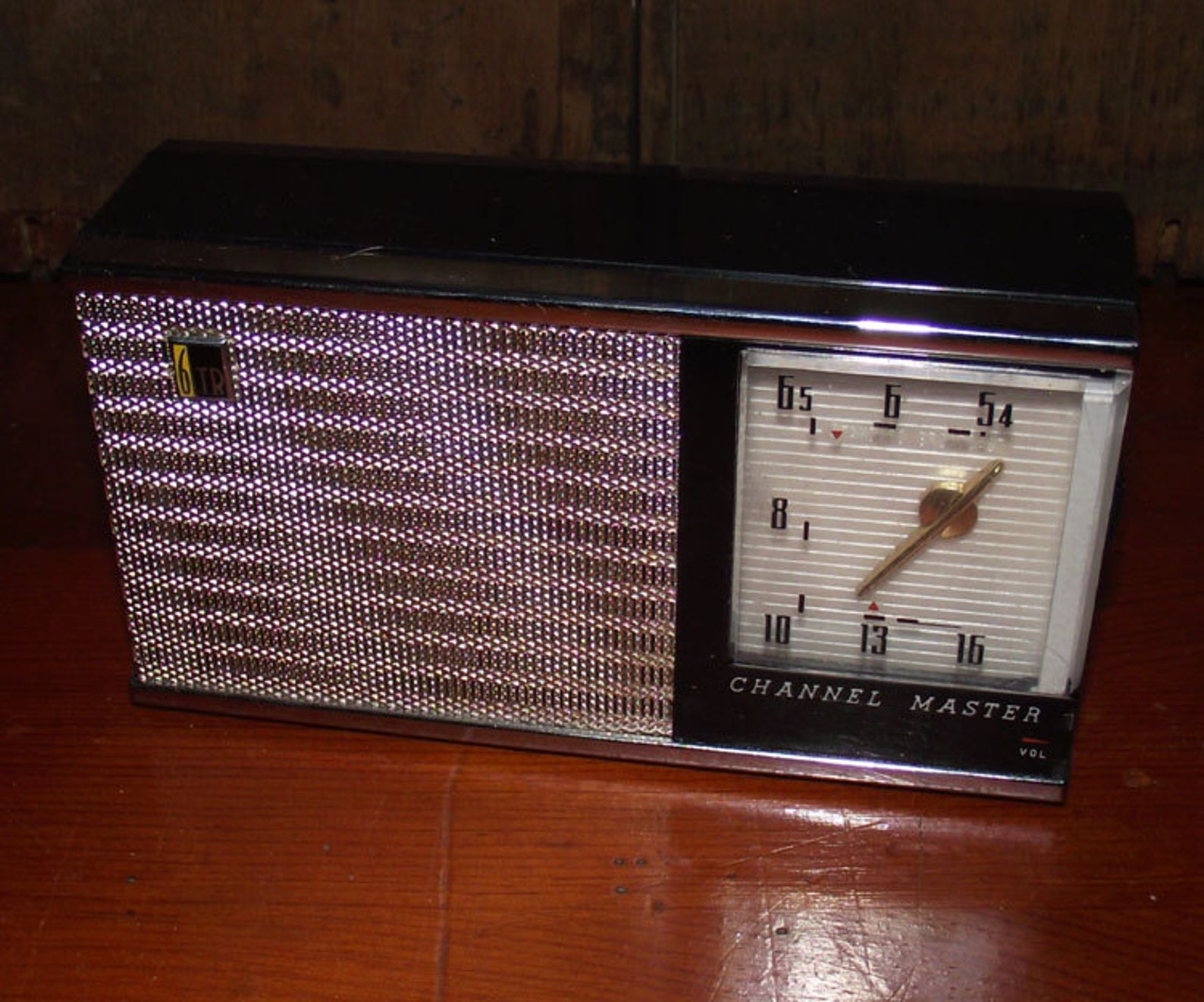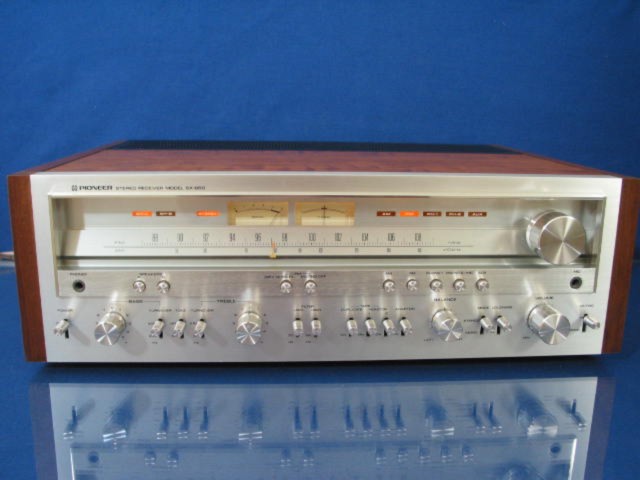


I’ve spoken to several leaders in the HiFi world that corroborate even today, the focus market for high-end HiFi gear is male, over 50 years old. When I sell vintage audio gear, almost without exception, buyers are 50+ year old males - while my personal experiences are anecdotal, they represent a small snapshot of a global trend to all HiFi, not simply vintage audio. Buyer motivation is a mix of appreciation of sonics, mid-century design style and nostalgia for gear they grew up with. The leading profile for vintage audio buyers is ~50+ year old males.

Secondly, and more importantly the buyer market is shrinking and not backfilling. With an abundance of social media marketplace selling tools, and 46% of 65+ year old’s active on Facebook, this gear will be only become easier to find. There are plenty of attics and basements that have yet to been cleared. Prices are in decline for two key reasons:įirstly, as per above, there will be a continued flow of vintage audio from original owners into the market for the next decade. Vintage Audio Myth 2: The Value will only go up! Busted. Source for 1970s market & demographics: New York Times, 1982 article “ SALES OF STEREOS ARE LESS SOUND AS AUDIO INDUSTRY’S MARKETS SLIP ” In summary, there’s still a lot more vintage HiFi equipment coming into the market. The two decades between 2010 to 2030 are clearly the prime vintage audio turnover years. Simple math indicates that buyers in that demographic are now in downsizing years - and when home downsizing begins, the process of emptying their basements and attics of prize possessions, including their 70’s audio gear begins. The target demographic driving the 1970s stereo buying boom, was 18–24-year-old males.

Sadly, the 80’s market downturn also triggered a serious reduction in HiFi build quality. 1970’s stereo equipment was built to last, and could easily be repaired. These are not niche market numbers - this is wide scale sales of millions of stereos and related components, of which Pioneer, Marantz, Sansui, Kenwood Panasonic/Technics, Yamaha & Luxman we’re midmarket to upmarket leaders.īy the early 1980s the decline in sales was driven by multiple factors a saturated market that was oversold in the 70’s, an economic downturn was impacting the purchase of all luxury goods and finally, there was no built-in obsolescence of the 1970s stere equipment. Imagine for a moment, over 25 Million homes had HiFi equipment, and a large portion of that gear was purchased in the 1970s. By 1980 home HiFi / stereo sales had reached 32% penetration of the 80 Million American homes. The 1970s was the boom decade for stereo industry. Vintage Audio Myth 1: Vintage audio gear is rare and difficult to find. This article is focused on the Golden years of “Made in Japan” HiFi gear 1970–1980. With this experience I’ve learned to separate fact from confounding fiction - hopefully busting these myths will help you on your vintage audio journey. I’ve restored the classic and much sought after Sansui AU-9500, purchased multiple classic vintage Pioneer amps SA-9500 MKI and SA-9900 MKI. I stumbled upon many of the rare classic monster receivers, including the Sansui 9090 and Marantz 2330B. I’ve purchased (and sold) virtually every 1970’s Marantz receiver model, and most Marantz integrated and separate model amps. I’ve been collecting vintage audio for several years.


 0 kommentar(er)
0 kommentar(er)
